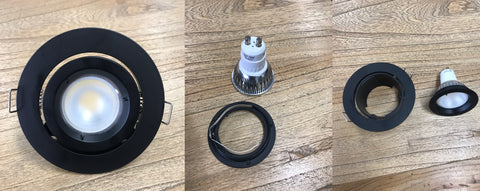+
316 Marine Grade Stainless Steel
Batten Lights
Bollard Lighting
Brass Lighting
Bunker Lights
Brick Lights
Camping Lights
Coach Lighting
Copper Lighting
Deck Lighting
Driveway Lights
Eyelid Lights
Festoon Lighting
Flood Lighting
Garden Lighting
Outdoor Sensor Lights
Pillar Mount Lights
Pond Lights
Pool Lights
Lamp Posts
Inground Uplights
Up/Down Wall Lights
Step Lights
Spike Lights
Solar Lights
Solar Garden Lighting
Solar Street Lights
Solar Sensor Lights
Solar Wall Lights
Outdoor Heaters
Outdoor Wall Lights
+
Bar Lights
Batten Fix Lights
Brass Lighting
Ceiling Lighting
Chandeliers
Commercial Lighting
Copper Lights
Emergency Lighting
Festoon Lighting
Floor Lamps
High Bay LED Lights
Hollywood Lights
Lamps
LED Strip Lighting
Oyster Lights
Panel Lights
Pendant Lighting
Picture Lights
Shop Lights
Smart Lighting
Surface Mounted Lights
Table Lamps
Touch Table Lamp
Track Lighting
Trapeze Lighting
Vanity Lights
Wall Sconces
+














